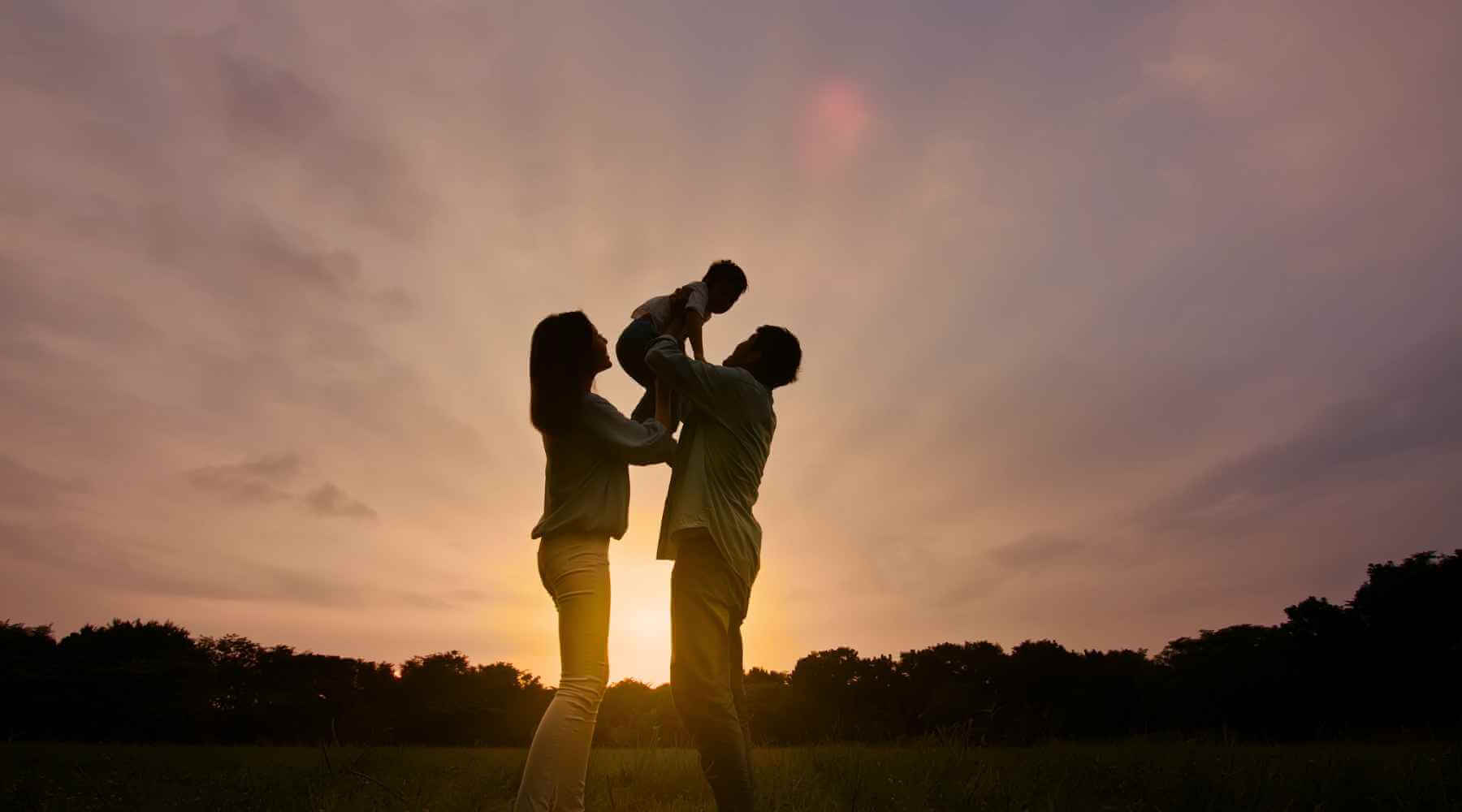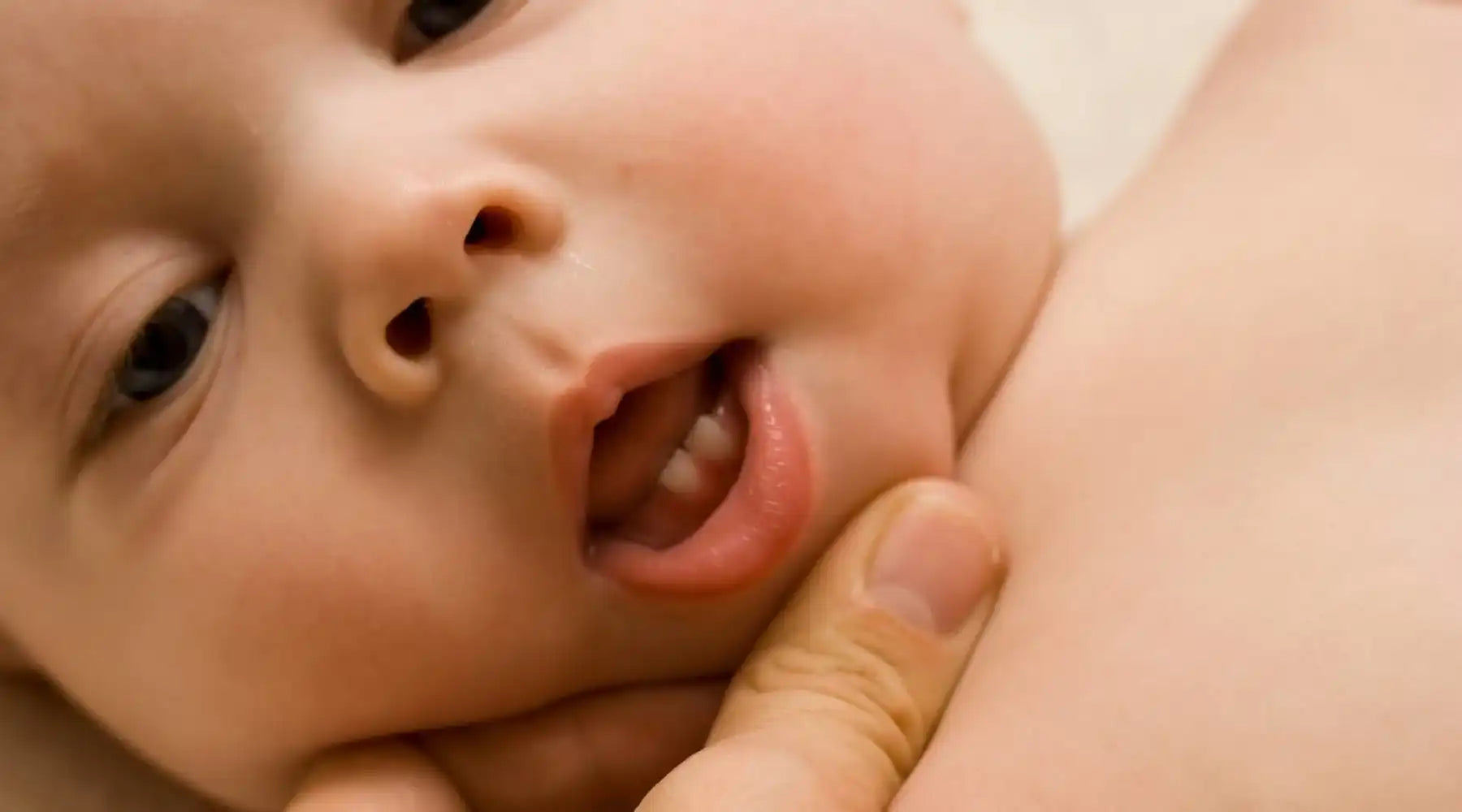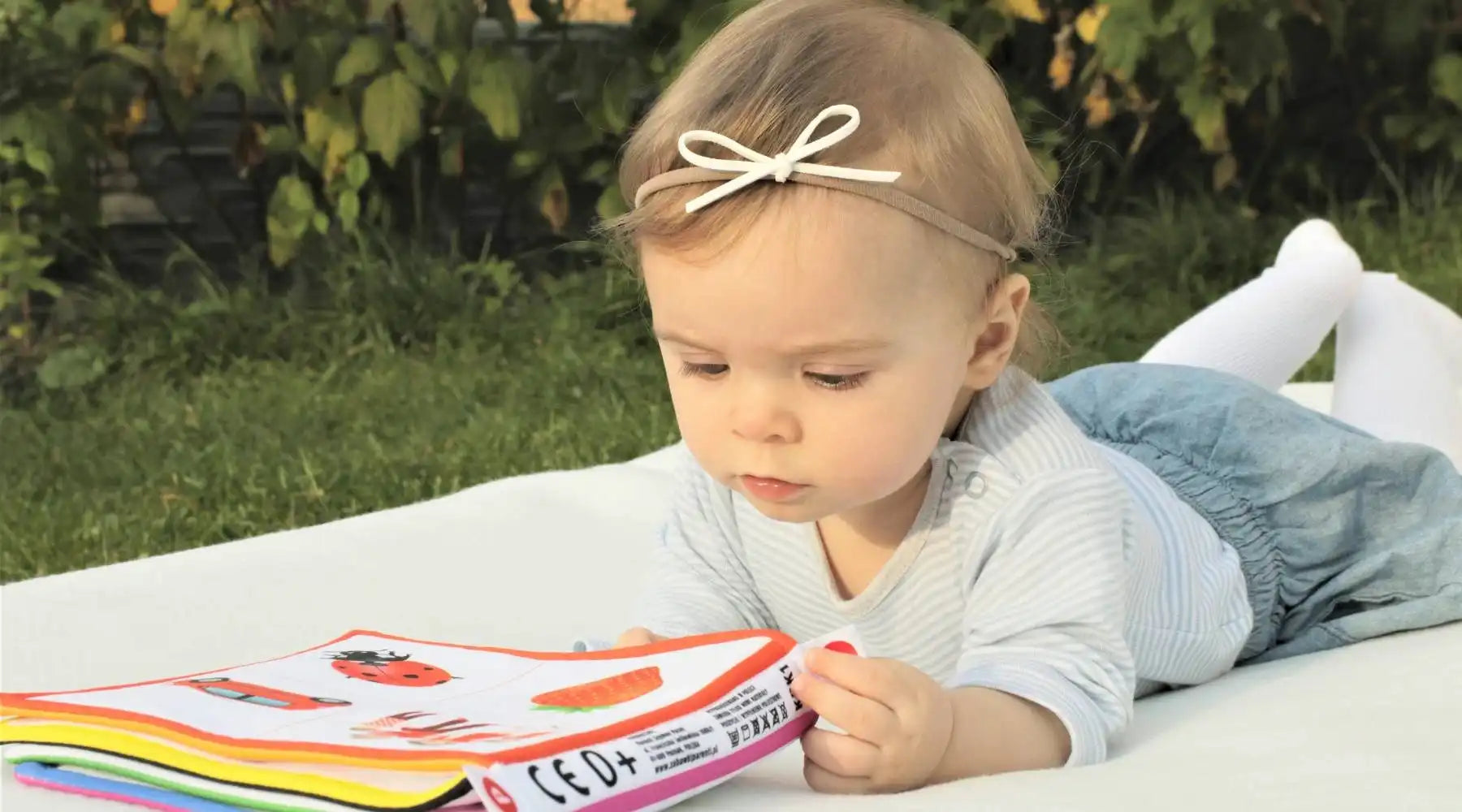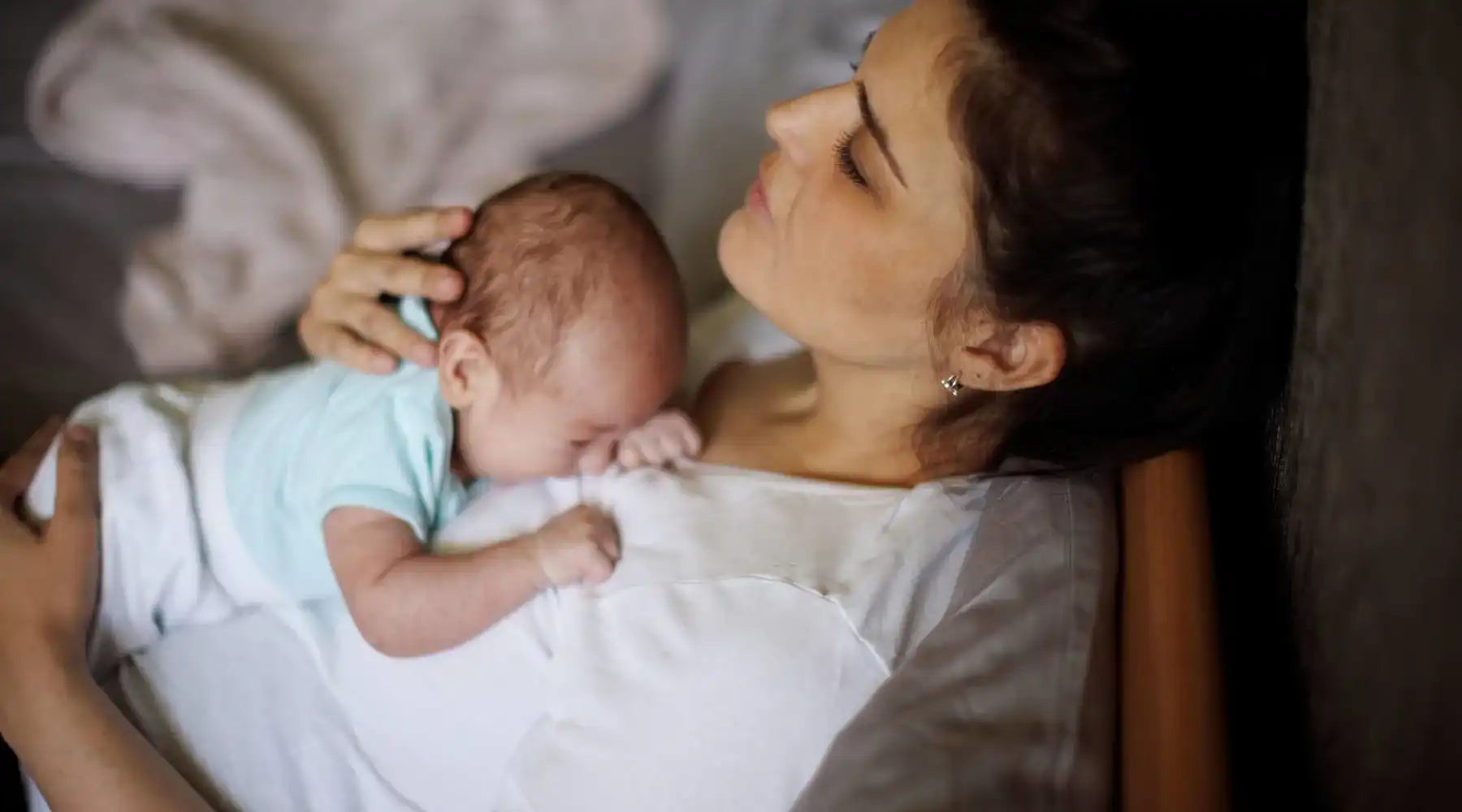
2025’s Must-Know Parenting Trends: What’s In and Out
Key Points
In 2025, modern parenting trends focus on empathy, emotional intelligence, and mindful approaches rather than authoritarian or helicopter styles.
Parents are prioritizing eco-conscious choices like reusable baby products and sustainable nursery items to reduce waste and teach children about responsibility.
Digital wellness and mental health are at the forefront, with families setting screen time boundaries and encouraging mental health days to support balance and resilience.
Flexible gender norms, gentle parenting, and community-focused support networks are replacing outdated stereotypes and isolated parenting approaches.
A shift toward holistic learning and free-range parenting emphasizes independence, creativity, and hands-on experiences over rigid discipline and standardized education.
Parenting evolves as society, technology, and family dynamics change. In 2025, parents are embracing new trends to better support their children’s growth in a fast-paced and ever-changing world. While some old practices are phased out, fresh approaches promise healthier, happier families. Let’s explore what’s in and what’s out this year and how these trends can make a difference for your family.
For parents welcoming a new baby in 2025, check out our guide to Welcoming the New Year as New Parents to start the year with fresh parenting insights.
New Age Parenting: 2025’s Shift from Authoritarian Styles

What’s In: New Age Parenting, focusing on emotional intelligence, empathy, and cultural awareness.
What’s Out: Authoritarian styles that emphasize obedience and strict discipline are being replaced by more empathetic approaches.
Why New Age Parenting Is on the Rise: Parents today want to foster open communication, mutual respect, and an environment where kids feel heard. This style aligns with growing interest in emotional development over rigid discipline.
How to Adopt This Trend: Start incorporating daily check-ins with your kids, and use open-ended questions that encourage them to express themselves.
Mindful Parenting: Moving Away from Helicopter Parenting

What’s In: Mindful Parenting, encouraging self-regulation, empathy, and awareness for both parents and kids.
What’s Out: Helicopter Parenting is being replaced by a mindful approach that allows children to explore and learn at their own pace.
Why Helicopter Parenting Is Outdated in 2025: Mindfulness teaches kids resilience and independence, helping them navigate life’s challenges.
How to Adopt This Trend: Try simple practices like deep breathing, gratitude exercises, and creating tech-free times to encourage presence and connection. Consider making Family-Friendly New Year’s Resolutions focused on mindfulness and presence, encouraging intentional family time and connection.
Eco-Conscious Choices for Sustainable Families

What’s In: Reusable baby products, eco-friendly toys, and sustainable choices are trending as parents prioritize environmental responsibility.
What’s Out: Single-use, convenience-based products are being swapped for eco-friendly alternatives.
Why Eco-Conscious Choices Are Growing in 2025: Parents are increasingly aware of their environmental impact and want to teach kids about sustainable living from an early age. Opt for sustainable baby essentials that meet both style and environmental needs. Our Ultimate Guide to Baby Bibs offers tips on eco-friendly options for parents looking to reduce waste.
How to Adopt This Trend: Start small with reusable items like cloth diapers or eco-friendly toys, and consider setting up a family recycling station. Embracing sustainability often starts with simplifying and organizing. Read our Declutter After the Holidays guide for tips on creating an organized, eco-conscious home in 2025.
Gentle Parenting: Replacing Discipline-First Tactics

What’s In: Gentle Parenting, which emphasizes empathy, kindness, and setting appropriate boundaries.
What’s Out: Strict, punishment-focused discipline is declining as more parents seek compassionate ways to teach kids about responsibility.
Why Gentle Parenting Is Effective in 2025: This approach builds strong, trusting relationships between parents and children, making discipline more cooperative and less confrontational.
How to Adopt This Trend: Use positive reinforcement and natural consequences, like discussing with your child what happened and how they can make a better choice next time.
Encouraging Self-Reliance with Free-Range Parenting

What’s In: Approaches that promote independence and responsibility, like Free-Range Parenting, are gaining traction.
What’s Out: Overly structured schedules filled with activities and constant supervision are being phased out for more open-ended playtime.
Why Free-Range Parenting Is Popular in 2025: Self-guided play and unstructured time help children develop problem-solving skills and independence.
How to Adopt This Trend: Allow your child to explore freely within safe boundaries, and encourage them to take on simple responsibilities, like setting the table or packing their backpack.
Flexible Gender Norms: Embracing Inclusivity Over Stereotypes

What’s In: Gender-neutral language, toys, and clothing that allow kids to express themselves freely.
What’s Out: Traditional gender roles and expectations, especially in toys and activities, are becoming outdated.
Why Inclusivity Is Trending in 2025: Parents want their children to feel free to explore their identities without being boxed in by outdated stereotypes.
How to Adopt This Trend: Offer toys and activities that span a range of interests, and use inclusive language that reflects respect for all gender expressions.
Digital Wellness: Setting Boundaries for Tech Use

What’s In: Digital wellness practices, like family tech-free days and screen time limits, are trending.
What’s Out: Unlimited screen time and unrestricted tech access, which can negatively impact social and cognitive development.
Why Digital Wellness Matters in 2025: Tech boundaries allow for deeper family connections and encourage kids to engage in offline activities.
How to Adopt This Trend: Create designated tech-free zones in your home and set family screen time guidelines that everyone can follow.
Emotional Well-being: Prioritizing Mental Health Over Performance

What’s In: Focusing on emotional intelligence, empathy, and resilience rather than solely on academic and extracurricular achievements.
What’s Out: High-pressure parenting that prioritizes performance over well-being is being reconsidered in favor of a more balanced approach.
Why Emotional Well-being Is Key in 2025: By supporting mental health, parents help children handle stress, understand their emotions, and develop coping skills.
How to Adopt This Trend: Regularly check in with your kids about their feelings, and encourage them to express and understand their emotions. Thankfulness and small moments of joy are essential to emotional well-being. For families celebrating with little ones, our article on Grateful for the Little Things shares ways to cherish these moments.
Community-Focused Parenting: Building Support Networks

What’s In: Community-focused parenting emphasizes support networks, resource sharing, and cooperative parenting methods.
What’s Out: Isolated family units that don’t actively engage with local communities.
Why Community Is Important in 2025: Support networks offer shared resources, cooperative learning opportunities, and foster a sense of belonging.
How to Adopt This Trend: Get involved in local parenting groups, attend community events, and consider resource-sharing with nearby families. Building lasting family traditions, especially in a community, can enrich your family’s experience. Our Holiday Family Traditions guide highlights traditions to foster family and community bonds.
Mental Health Days for Kids: Prioritizing Wellness Over Perfect Attendance

What’s In: Mental health days, allowing children to take a break and manage their well-being without stigma.
What’s Out: The pressure to maintain perfect attendance over addressing mental and emotional needs.
Why Mental Health Days Are Essential in 2025: Taking time to recharge builds resilience and reduces burnout, preparing kids to handle stress more effectively.
How to Adopt This Trend: Allow children to take mental health days as needed, and use the time to engage in relaxing, fulfilling activities.
Holistic Learning: Replacing Traditional Standardized Education

What’s In: Holistic, experiential learning approaches, like forest schools and , are emphasizing creative thinking and problem-solving.
What’s Out: Relying solely on standardized education without incorporating hands-on learning is falling out of favor.
Why Holistic Learning is Growing in 2025: Alternative learning nurtures creativity and adaptability, equipping kids with the skills to thrive in a complex world.
How to Adopt This Trend: Incorporate more outdoor learning, hands-on activities, and experiential trips that spark curiosity and a love for learning. Holistic learning often benefits from organized routines. Explore our Back-to-School Routine Essentials for parents seeking structure that supports experiential learning.
Finding a Balance with 2025’s Parenting Trends
As parenting trends continue to evolve, balancing these new practices with your unique family values is key. In 2025, the focus is on empathy, sustainability, and community-centered growth for both parents and children. Embrace the trends that resonate with you and take them one step at a time, building a loving and supportive environment for your family.










